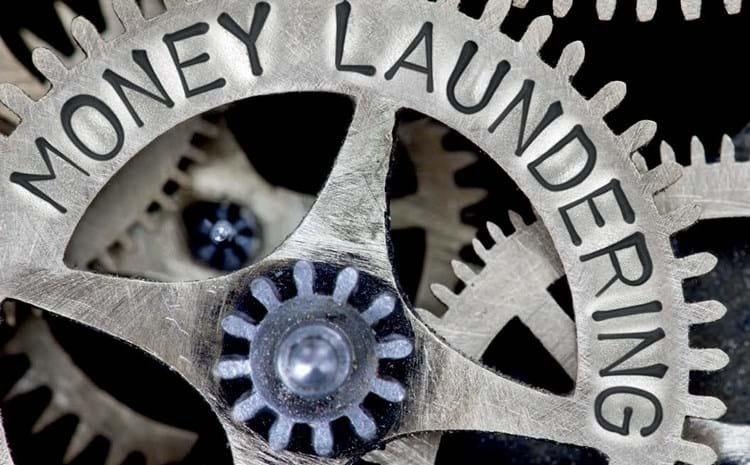
The new rules (applying the Fifth Money Laundering Directive, known as 5MLD) took effect on January 10 and apply to ‘Art Market Participants’ (AMPs) – auction houses, dealers or anyone trading in or acting as an intermediary in the trade of works of art that sell for above the €10,000 threshold (or a series of linked transactions).
‘Works of Art’ is defined in the regulation as the same as the VAT definition – broadly paintings, drawings, limited edition prints and sculptures, tapestries, signed photographs and ceramics, and excluding categories such as furniture, unsigned ceramics, jewellery and collectors’ items such as coins, medals and stamps.
This means those not engaged in the selling of items classified as ‘works of art’ under this definition will not need to register with HMRC as AMPs. But existing laws (eg the existing money laundering regulations for ‘High Value Dealers’ and the Proceeds of Crime Act regime) still require due diligence for transactions across a wide range of goods – well beyond the narrow definition of works of art.
The directive is in addition to the stipulations already in place under the Money Laundering, Terrorist Financing and Transfer of Funds (Information on the Payer) Regulations 2017.
Guidance designed to help AMPs meet their obligations under this new regulation was published earlier this month and can be viewed online via: https://atg.news/AMLguide
How the art market is working with the new regulations
Many auction houses, dealers and advisers have already contacted clients about the new requirements and the need for more information to verify the identity of clients and so forth.
Associations including BADA, LAPADA, SOFAA and SLAD have held seminars to help members on how to cope with the new requirements.
General anti-money laundering products exist but most have not been designed with the art market in mind and were created for the finance and banking sectors. A small number of advisers have begun to launch art market-focused products (see below).
ArcartaPay, co-founded by Tom Noon, is a cloud-based anti-fraud and due diligence platform.
ArtAML will be launched by wife and husband team Susan Mumford and technology specialist Dr Chris King, to help AMPs carry on dealing while complying with the new regulations.
Requirements that must be in place at auction houses, art galleries and dealerships that sell works of art for above the €10,000 threshold:
■ Register with HMRC as an ‘Art Market Participant’ (AMP) – a process that involves a fee of £300 per premises plus £40 per responsible person within the business.
■ Put in place an AML policy and risk assessment tailored to your business, including written polices, controls and procedures to ensure customer due diligence is performed on those spending more than €10,000 and enhanced due diligence is performed in relation to high-risk transactions
■ Establish a record-keeping system as you will need to hold client and transaction documentation (eg proof of ID)
■ Appoint an Anti-Money Laundering Reporting Officer and a deputy
■ Staff must be AML trained and a written training record kept
■ Be aware of when a suspicious activity report to the National Crime Agency is required and how to make one
How thesaleroom.com will implement elements of Fifth Money Laundering Directive
Auction marketplace thesaleroom.com, owned by Antiques Trade Gazette’s parent company Auction Technology Group, plans to implement new systems to comply with the rules.
These changes will be in place during summer 2020.
Auction Technology Group’s Richard Lewis said the changes to the system include:
■ auctioneers can apply a spend limit (€8000 to take BP into account)
■ to remove the spend limit the bidder uploads their photo ID and thesaleroom.com runs an AML check. If they pass the AML check, the spend limit is removed
■ the bidder has to do this process only once. Once they have uploaded their photo ID and passed the AML check, to remove the spend limit the bidder is given the option of sharing their photo ID and AML check with auctioneers with whom they register
■ auctioneers will be able to override the process
■ documents to be stored in a GDPR-compliant manner (this will be subject to thesaleroom.com retention policy)













